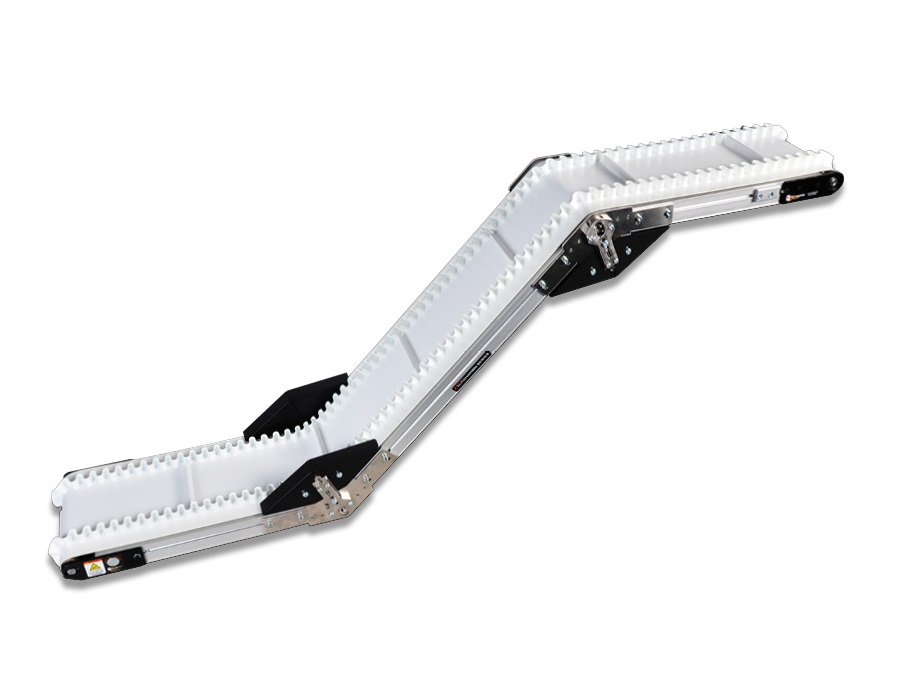Balancing High Throughput And Space Considerations In Modern Production Conveyor Designs
With countless factors weighing on the decisions regarding space utilization in manufacturing environments, it’s never as simple as saying you have enough space for efficient production processes. The more effective approach to identifying the right conveyor for your environment is to always think about how to maximize production in minimal space. This is often where a low-profile conveyor becomes part of the solution.
The somewhat interchangeable terms of “low profile conveyor” or “small footprint conveyor” are classifications without a standard. There is more variability in the term “below standard size” as it relates to the actual conveyor system assembly. The industry accepts some aspects like modularity, and the ability to fit into smaller spaces as broadly universal features of low profile or small footprint conveyors.
Production layouts feature many machines, production processes, and even automation components that take up a lot of space. The modular nature and smaller overall scale of low-profile conveyors makes it easier to fit them into these space constraints that may have little to do with the overall floor space of a manufacturing environment. This can include the need for incline conveyors that may be process-specific, space constraint specific, or both.
The indexing conveyor is another conveyor design class that adapts to manufacturing space constraints. Their design allows product movement in steps rather than a continuous flow. This can be a critical distinction in manufacturing or packaging production flows where line equipment needs time to carry out specific functions. These processes can range from filling to labeling and packaging among others.
The indexing conveyor may take advantage of sensors for detecting each production object on the belt to control timing for each step in the production flow. But not all conveyor manufacturers have deep experience in indexing and/or low-profile conveyor modular design classifications.
Conveyor manufacturers with a long track record of success with manufacturing company customers can show how they have provided all the key modular components to customize an efficient conveyor system. Conveyor systems that work holistically across each individual manufacturing and/or packaging process and the entire production/packaging process are obvious examples of this success.
While modular is a recurring theme in these space-saving conveyor design types, manufacturing environments use the modular belt conveyor in different ways across a wide variety of transport applications. These designs play a significant role in any manufacturing design layout because of their versatile use across any three-dimensional track layout that a space or process may need.



Comments
Post a Comment